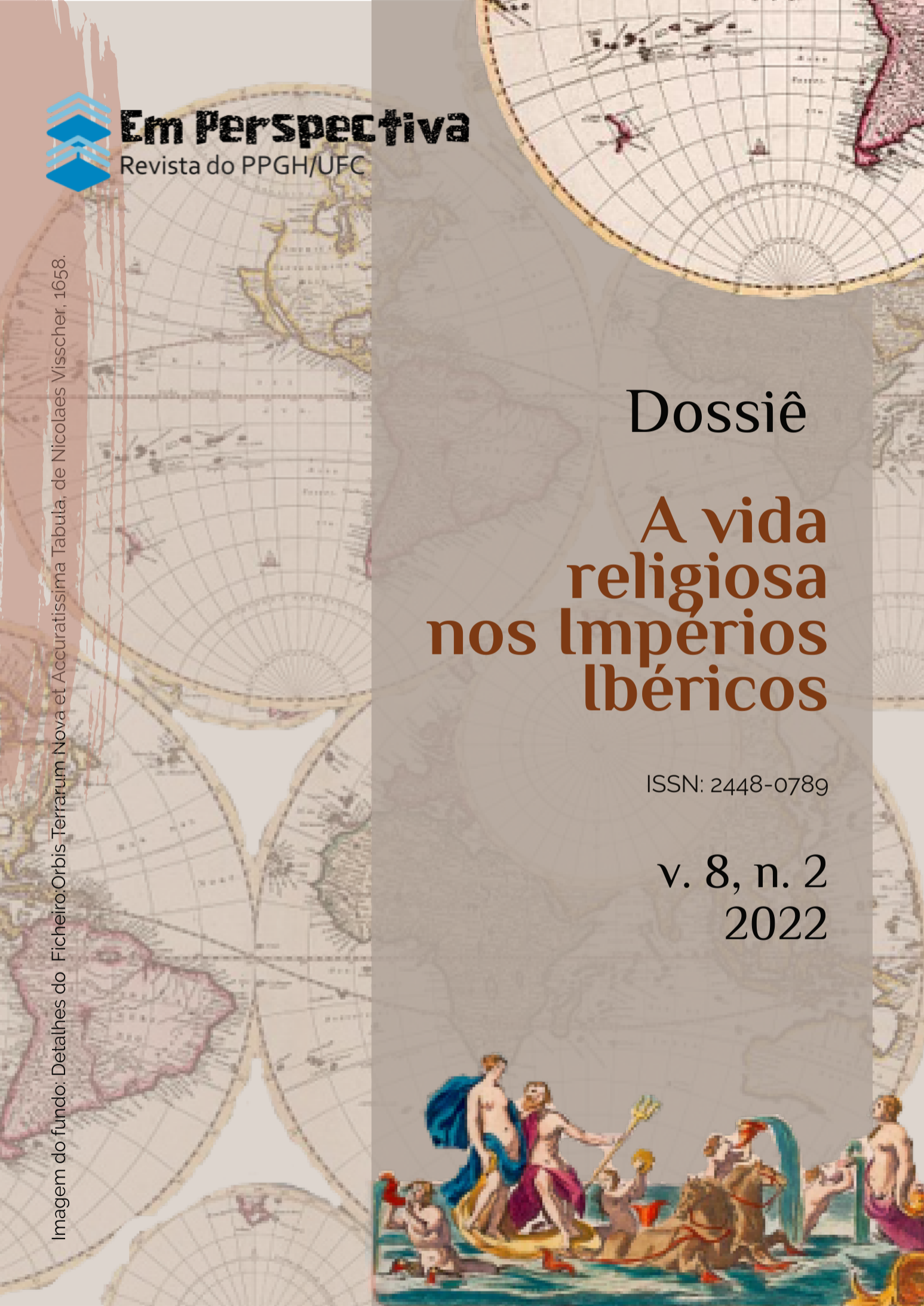Watanabe Torozaemon Constantino
kirishitan faith in 16th century Japan.
Keywords:
Kirishitan. Jesuits. Japan.Abstract
Even though the field of studies on Early Modern evangelization in Japan has produced many results during the 20th and early 21st centuries, the scholarship on the period still tends to focus on the European missionaries, depriving the Japanese populations from the specificities of their historical agency in the given period. Based on the letters and chronicles written by Luís Frois, Francis Xavier, Cosme de Torres, Francisco Cabral, and other members and superiors of the mission, this article presents reflections and conclusions from an initial study on the kirishitan populations and the dynamics of interaction between missionaries and Japanese throughout the initial three decades of the mission (1549-1579). In this study, it was confirmed how the survival of the mission, given the Japanese social background and the limited number of missionaries, had a direct association with the agency of the developing kirishitan communities, and how the invisibility of these groups is rooted in the 20th century’s historiographic approaches on the theme. That said, through the development of new strategies for the kirishitan studies this article aims at re-examining the agency of individuals mentioned in the missionary texts, applied to the case study of Watanabe Torozaemon Constantino.
Downloads
Published
How to Cite
Issue
Section
License
Copyright (c) 2022 Victor Laubenstein

This work is licensed under a Creative Commons Attribution-NonCommercial-NoDerivatives 4.0 International License.


1.png)

.png)
2.png)
.png)


.png)


.png)
1.png)
2.png)
